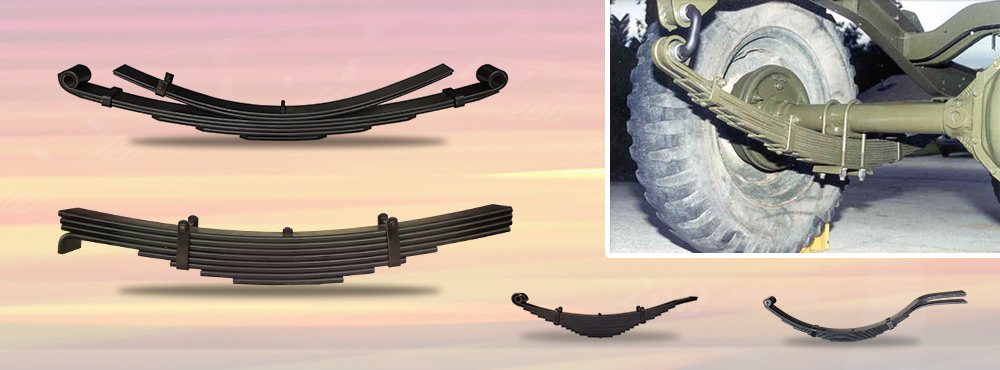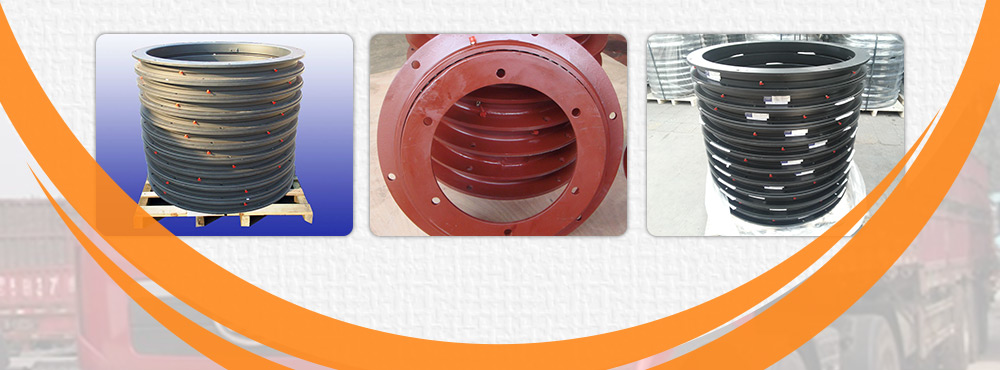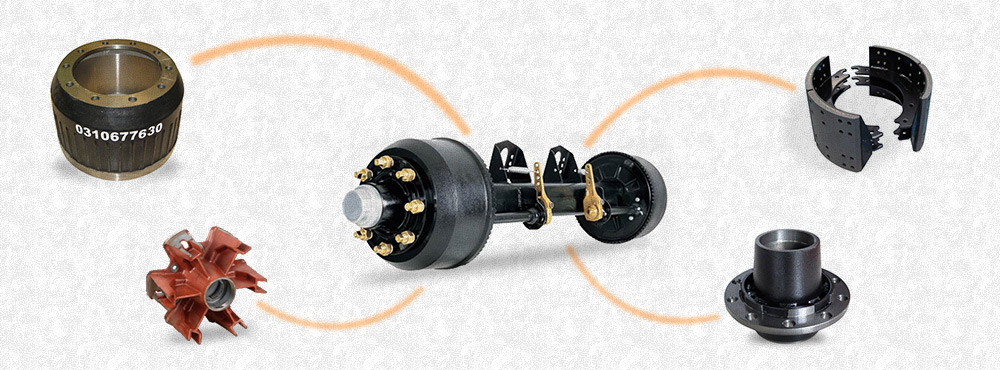CATEGORIES
SOLID TIRE
History of tire
History
of tire
Tire is a ring-shaped vehicle component
that covers the wheel's rim to protect it and enable better vehicle
performance. Most tires, such as those for automobiles and bicycles, provide
traction between the vehicle and the road while providing a flexible cushion
that absorbs shock.
The materials of modern pneumatic tires are
synthetic rubber, natural rubber, fabric and wire, along with carbon black and
other chemical compounds. They consist of a tread and a body. The tread
provides traction while the body provides containment for a quantity of
compressed air. Before rubber was developed, the first versions of tires were
simply bands of metal that fitted around wooden wheels to prevent wear and
tear. Early rubber tires were solid (not pneumatic). Today, the majorities of
tires are pneumatic inflatable structures, comprising a doughnut-shaped body of
cords and wires encased in rubber and generally filled with compressed air to
form an inflatable cushion. Pneumatic tires are used on many types of vehicles,
including cars, bicycles, motorcycles, buses, trailers & trucks, heavy equipment, and
aircraft. Metal tires are still used on locomotives and railcars, and solid
rubber (or other polymer) tires are still used in various non-automotive
applications, such as some casters, carts, lawnmowers, and wheelbarrows.
The earliest tires were bands of leather,
then iron, (later steel), placed on wooden wheels, used on carts and wagons.
The tire would be heated in a forge fire, placed over the wheel and quenched,
causing the metal to contract and fit tightly on the wheel. A skilled worker,
known as a wheelwright, carried out this work. The outer ring served to
"tie" the wheel segments together for use, providing also a
wear-resistant surface to the perimeter of the wheel. The word "tire"
thus emerged as a variant spelling to refer to the metal bands used to tie
wheels.
The first practical pneumatic tire was made
in 1888 for his son Johnnie's tricycle, in May Street,
In 1892 Dunlop's patent was declared
invalid because of prior art by forgotten fellow Scot Robert William Thomson of
Synthetic rubbers were invented in the
laboratories of Bayer in the 1920s.
In 1946, Michelin developed the radial tire
method of construction. Michelin had bought the bankrupt Citroën automobile
brand in 1934, so it was able to fit this new technology immediately. Because
of its superiority in handling and fuel economy, use of this technology quickly
spread throughout Europe and
Related reading: Axle and parts Brake Drum and Hub














